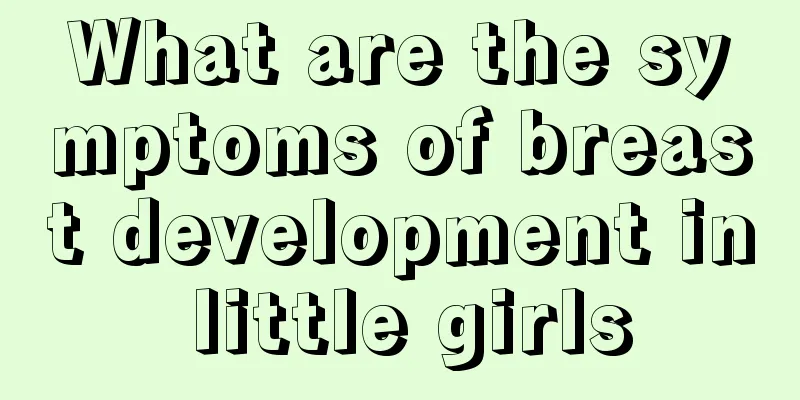The harm of uterine fibroids is actually these

|
Uterine fibroids are a common benign tumor. The incidence of uterine fibroids is related to age. Some middle-aged women are at a high risk of uterine fibroids. Especially women in menopause and perimenopause. 1. Infection and suppuration: Uterine fibroids can cause pelvic congestion and infection. The infection is mostly caused by tumor pedicle torsion, while hematogenous infection is extremely rare. After infection, a small number of patients develop abscesses in the tumor tissue. What are the dangers of not treating uterine fibroids? The rest present as purulent. 2. Adhesion or inflammation: After the pedicle of subserosal uterine fibroids is twisted, intestinal adhesion will occur, which will then be infected by intestinal bacteria. The inflamed fibroids will adhere to the uterine appendages, causing purulent inflammation. On the other hand, fibroids can also cause pathogens to invade other uterine organs due to bleeding, causing gynecological inflammations such as adnexitis and pelvic inflammatory disease. 3. Secondary anemia: Uterine fibroids can cause excessive menstrual bleeding. Over time, it can cause secondary anemia and even trigger anemic heart disease. In serious cases, patients will experience general fatigue. What are the dangers of not treating uterine fibroids? Adverse symptoms such as pale complexion, palpitations and shortness of breath. 4. Infertility or miscarriage: Patients with uterine fibroids have the fibroid tissue in the uterine cornu compressing the entrance of the fallopian tube, causing the uterus to deform and hindering the implantation of the fertilized egg, ultimately leading to infertility. In addition, statistics show that the spontaneous abortion rate of patients with fibroids is also higher than that of ordinary people, with a ratio of 4:1. 5. Malignant lesions: Uterine fibroids are benign tumors, but a small number of women still cannot escape the risk of malignant transformation (the malignant transformation rate is about 1%), which is particularly prominent in older women. Therefore, people with rapidly growing fibroids or postmenopausal fibroids should be vigilant. |
<<: Breast cancer attacks women's health. Doing one more thing can reduce the incidence rate.
>>: What medicine is good for leucorrhea? Experts recommend a good prescription
Recommend
Where to get the ring
IUD insertion is a method chosen by many female f...
When to start surgical treatment of kidney stones is crucial
Author: Ye Zixing Peking Union Medical College Ho...
Is compound zedoaria oil suppository effective?
The zedoary oil contained in this product has the...
What is endometriosis?
Endometriosis is a very common disease. Many wome...
Can pregnant women eat cherries?
Pregnant women can eat cherries in the middle and...
Is menstruation good for women to lose weight?
It is now popular to say that you can lose weight...
What to do with irregular menstruation? How to regulate
Irregular menstruation is a troublesome problem t...
What are the precautions for recovery from medical abortion?
The so-called medical abortion is the use of drug...
What are the advantages and disadvantages of caesarean section
When giving birth, many people feel that cesarean...
Blood deficiency type menstrual irregularity
Blood deficiency is also a term in Traditional Ch...
What medicine should women take for urethritis
Urethritis is a serious threat to our urethral he...
I heard that psoriasis can be cured with injections, is that true?
This is the 3829th article of Da Yi Xiao Hu Mr. W...
What are the signs of poor egg quality?
If there is a problem with a woman's eggs, th...
How is fungus produced? What nutrients does fungus have?
People often say that black fungus is a "hum...
Pregnancy second bar is not obvious
If the second line on the pregnancy test paper is...









